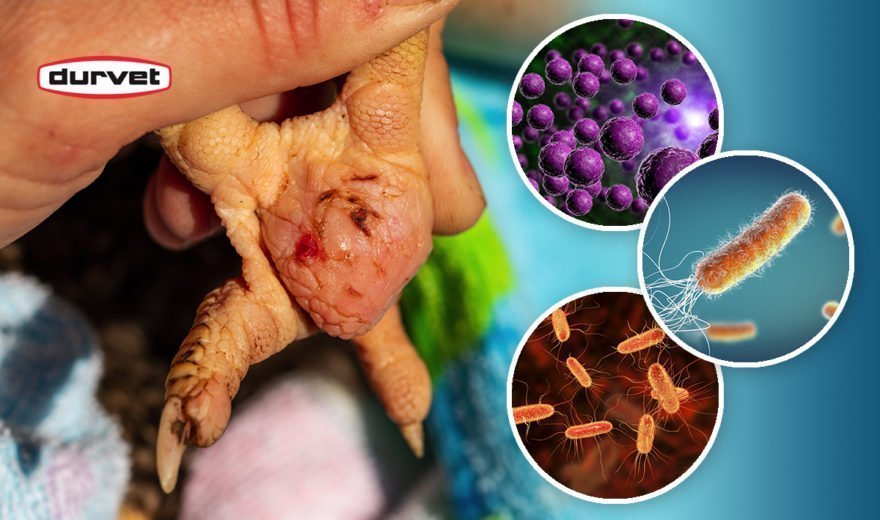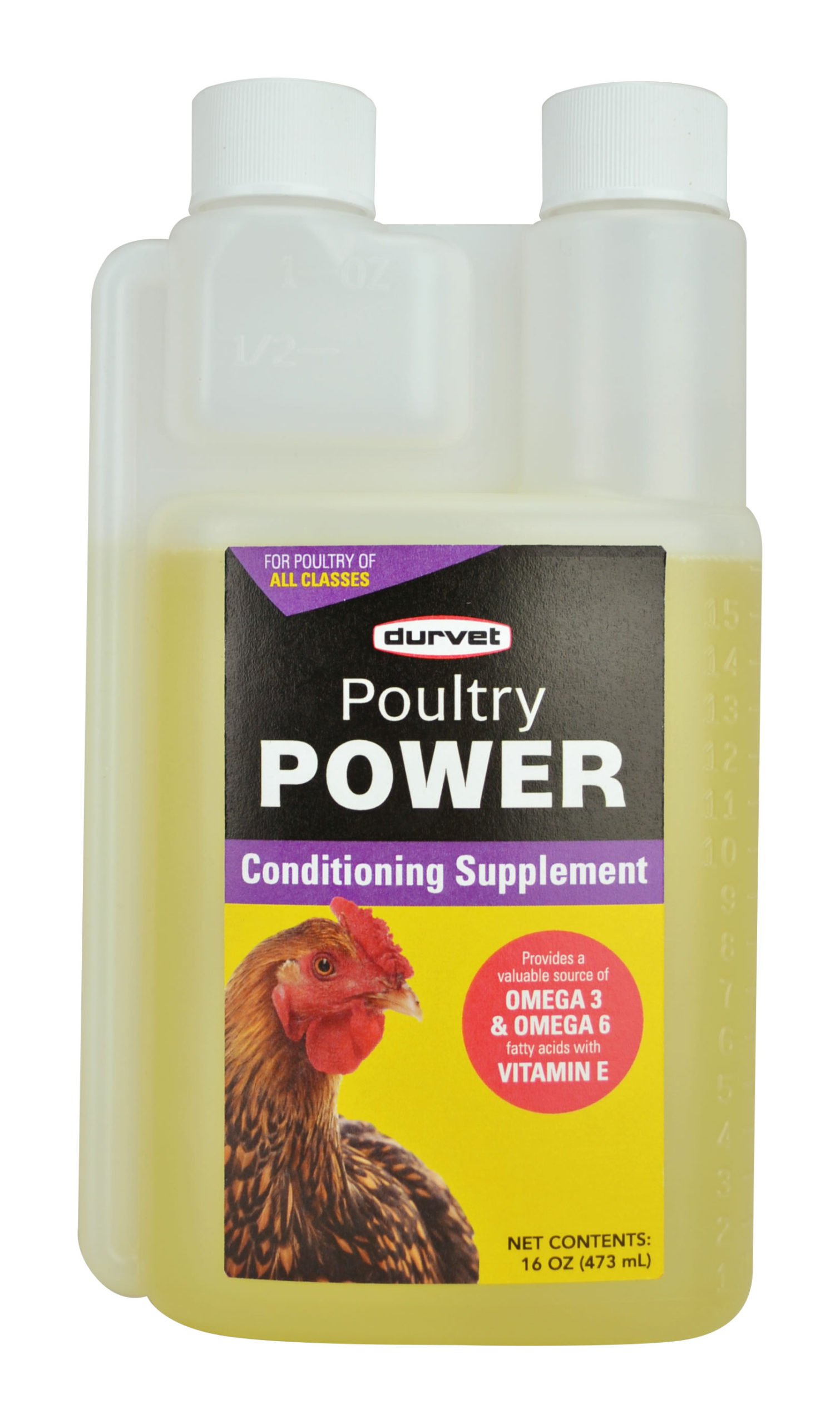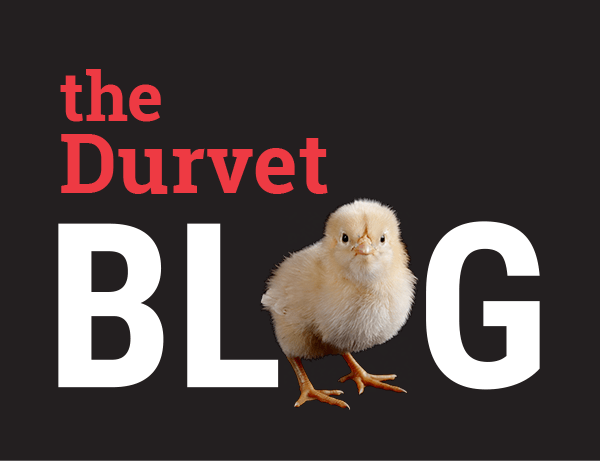
Bumblefoot, also referred to as pododermatitis, is an infection that occurs in a chicken's foot. It occurs commonly in birds in captivity. Symptoms may include swelling, redness, or a black or brown scab on the bottom of the foot. The severity of Bumblefoot is graded using a 5-point scale, with grade 1 being mild and grade 5 being severe.
Causes
Bumblefoot results when the skin of the chicken's foot is injured or compromised in some way, allowing bacteria such as Staphylococcus aureus, Pseudomonas or Escherichia coli to enter the foot. This can cause swelling, scabbing, redness, and often a painful pus-filled abscess. The most common entry points for bacteria are cuts, scrapes, injury or breakdown of the skin from poor environmental conditions. Failure to recognize and treat Bumblefoot in chickens can lead to spreading of the infection to bones, tendons or bloodstream. It can even lead to death in severe cases.

Grading of Bumblefoot
Grade 1: The beginnings of Bumblefoot is characterized by a raised, shiny, reddened surface or small lesion with no underlying infection.
Grade 2: Infection of underlying tissues in direct contact with the surface lesion with no swelling.
Grade 3: Abscess state; infection with serous or caseous fluid draining from a fibrotic lesion.
Grade 4: Infection with swelling of underlying tissues involving deep vital structures.
Grade 5: Crippling deformity and loss of function.
Prevention
Preventative measures should be taken to prevent Bumblefoot, as it could lead to serious health issues. Regular inspections of the flock are recommended to detect early infection. Feeding chickens a proper and balanced diet is also helpful to prevent obesity and vitamin deficiencies. Other preventative measures are maintaining a sanitary living environment, providing soft and even bedding and designing outdoor runs with proper drainage to prevent moist living conditions.
Treatment
Ideally, a chicken with Bumblefoot should be treated by a veterinarian. Other treatment options for mild cases are soaking in epsom salt or antibiotic solution. For severe cases where a scab is present, Bumblefoot will be cut out with a scalpel, flushed with saline solution, then packed with antibiotics. The foot will then be bandaged and cleaned daily to ensure the wound is healing.
Overall, Bumblefoot is a very easy problem to treat if it is detected in early stages. Regular health checks for your flock will allow for early detection and easy treatment.


 BACK TO MAIN BLOG
BACK TO MAIN BLOG 

Comment